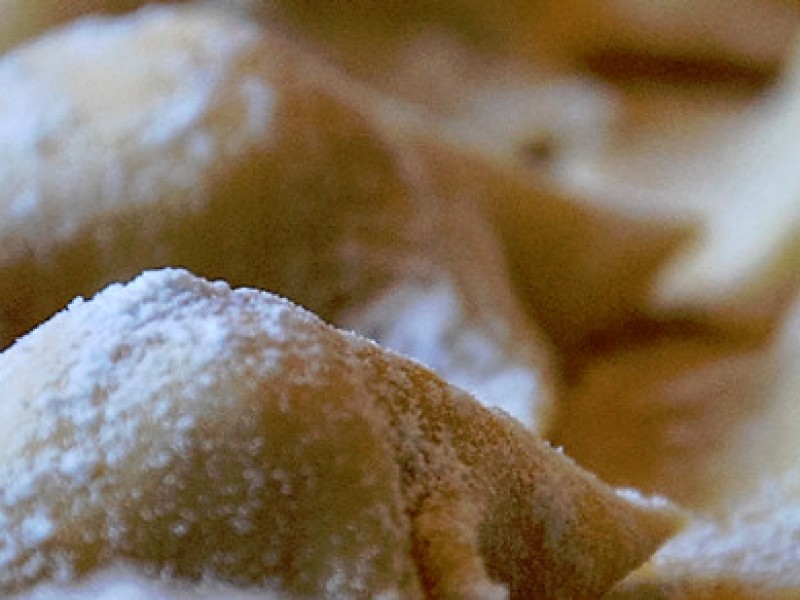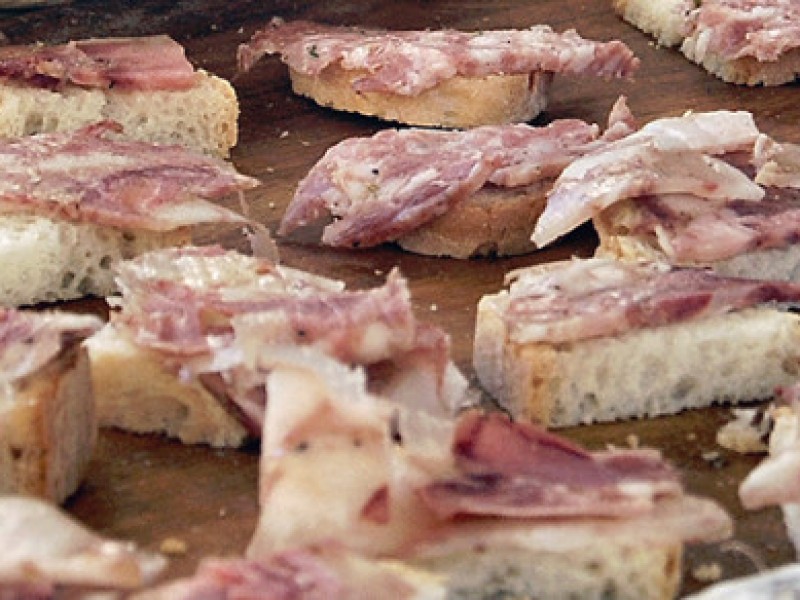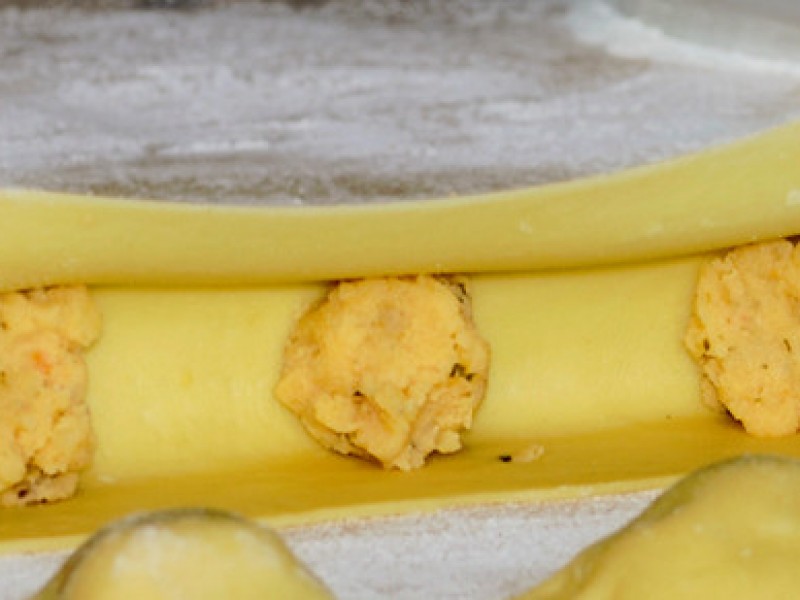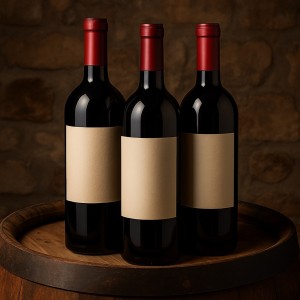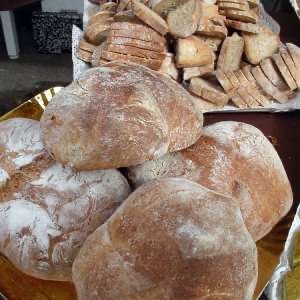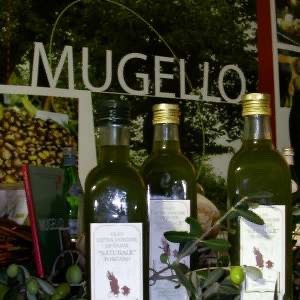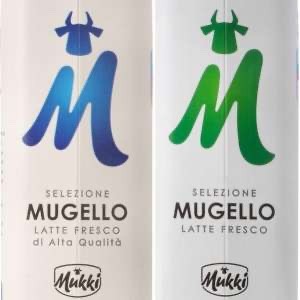Products of Mugello: Good,healthy and close by
Mugello in a nutshell
Discover Mugello in your next holiday in Tuscany, suggestions for spending 1, 3 or 5 days in Mugello
Mugello guide books
You can download the guide books. Discover Mugello in your next holiday in Tuscany!













